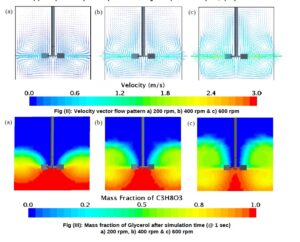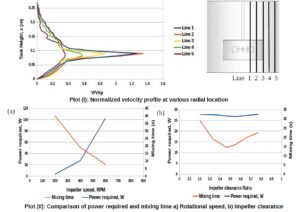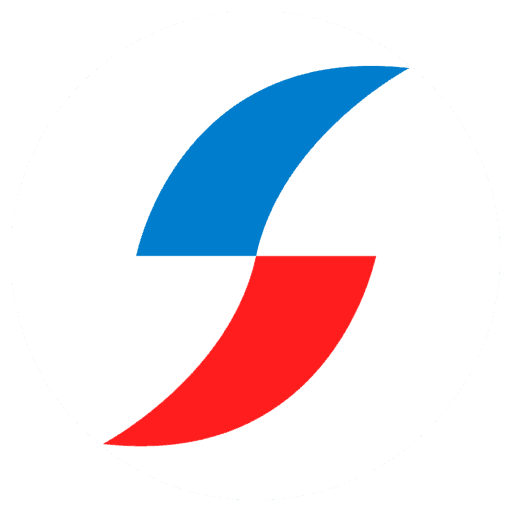Objective:
To assess the process of mixing two miscible liquids and study the effect of physical properties of liquids, geometrical and operating parameters of mixing tank in the process of obtaining homogenized mixing, through the application of CFD technique.
Challenges:
• Choosing suitable physical models and numerical schemes to capture the realistic fluid-fluid-solid interaction phenomenon.
• Suitable formulation to determine the homogenized mixing time and mechanical power required.
Description:
Mixing tank is a device used for mixing one or more phases of matter with same or different physical and chemical
characteristics, through the application of mechanical force. It is used to obtain thorough mixing and uniform dispersion of fluid with minimal energy input. Computational Fluid Dynamics
(CFD) allows to obtain a detailed picture of the mixing system, to predict the process outcome. It is a powerful technique for solving
problems related to flow mixing. CFD can be used effectively in mixing industries.

The Computational domain consisting of two parts:
- Rotating cylindrical part enclosing the impeller blade
- An outer stationary part containing the rest of the tank.
Structured mesh was used to descritize the geometrical model into finite volume representation. Mesh was refined near the impeller blade region to get more accurate description of the impeller. Transient state of impeller orientation and its interaction with fluid was simulated using sliding mesh technique [1]. The simulation was solved with 3D unsteady, pressure based solver with K-epsilon (RANS) turbulence model. Mixing tank was initially filled with 60% of ethanol (C2H5OH) and 40% of glycerol (C3H8O3) by volume respectively. The performance of mixing was assessed for various geometrical and operating parameters such as different impeller clearance and rotational speed.


Conclusion:
The mixing efficiency has been found to be dependent on rotational speed, impeller clearance and viscosity of the fluid material. As the impeller speed increased, the process of mixing occurs rapidly throughout the tank. The power depends on the impeller speed, number of pitches and width of the blade. Detailed insight into the process of mixing obtained through application of CFD techniques can be effectively used to design and optimize mixing tank for enhanced mixing performance.
Benefits:
- Ensure better design of mixing tank to enhance mixing performance, to increase product and process quality
- Reduce waste and drive down operating costs
- Different design can easily be assessed and design
- exploration capabilities
Application:
- Chemical, Pharmaceutical & food industries
- Bio-reactor & water treatment plants
A Similar CFD study of Tank Mixing Eductor is in progress
